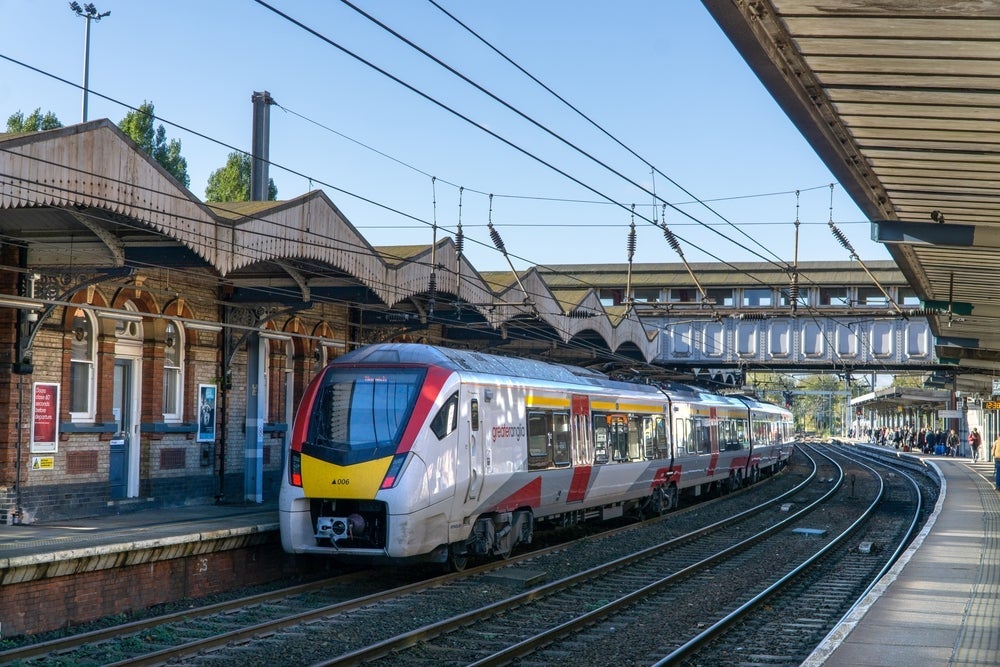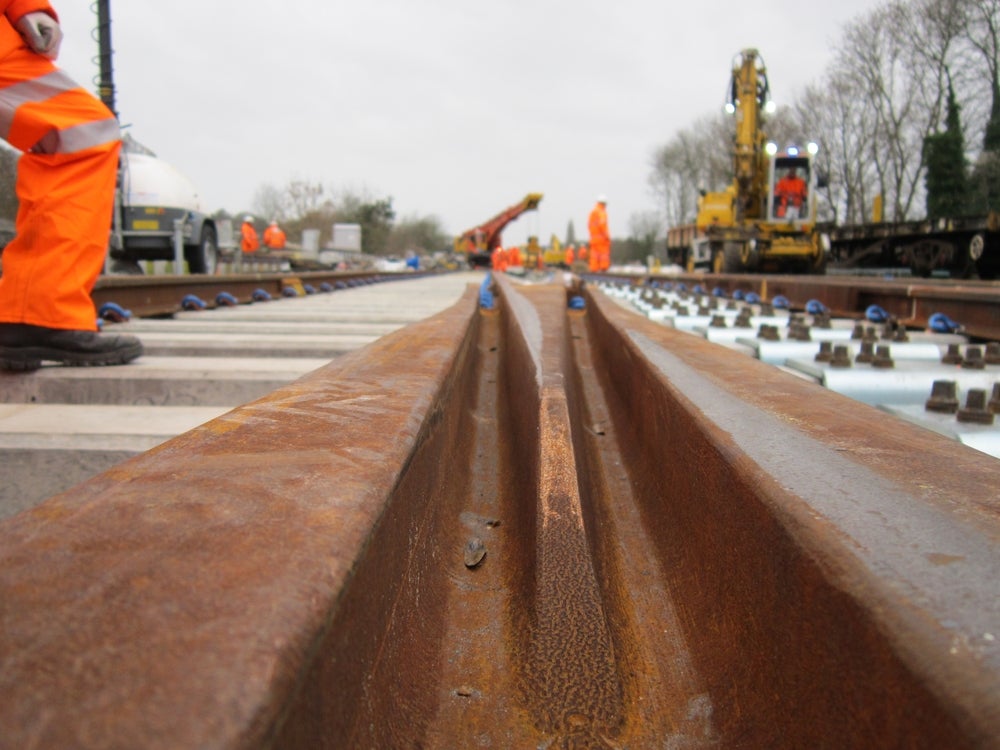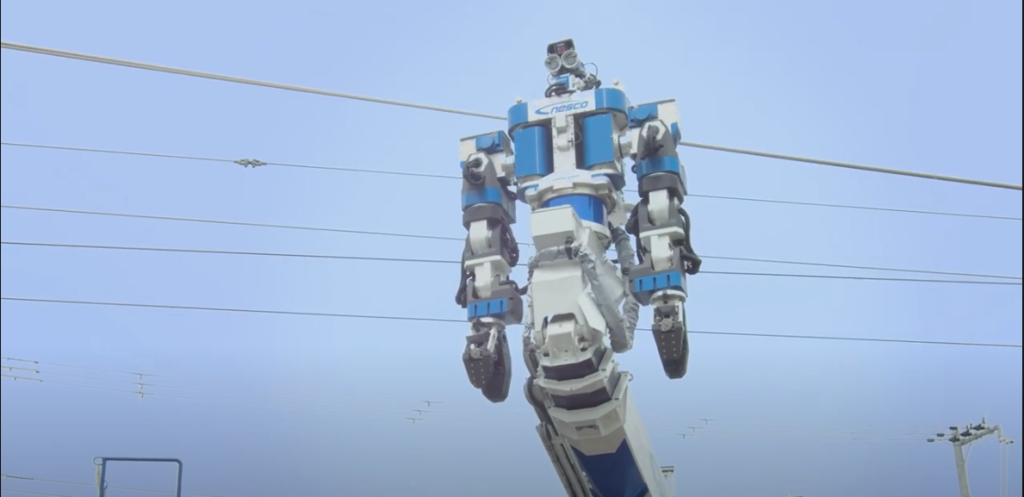Operation control systems facilitate the monitoring and tracking of all railway operations, including train cars.
From enabling the automatic detection of faults or conflicts, to ensuring optimal use of infrastructure and resources, operational control systems also deliver real-time train departure and arrival information to passengers.
Finding suppliers of operations control and passenger information display solutions
Railway Technology has listed some of the top suppliers of digital services platforms, advanced passenger information systems, advanced mobile train ticket booking systems, passenger information displays (PIDs), and End of Train Telemetry (EOTT) systems based on its experience in the sector.
The list includes suppliers of rail passenger information and entertainment systems, railway communication systems, communication networks, and in-train passenger entertainment systems.
The information contained in the download is designed for rail operations controllers and consultants, railway operations managers and supervisors, operations planners, safety inspectors, PID designers and installation engineers, and system engineers.
See Also:
The download contains detailed information on the suppliers and their product lines, alongside contact details.
Importance of operation control and digital services platform for railway operations
The operations control centre (OCC) serves as the main mode of managing the day-to-day activities related to railway operations. OCCs enable the monitoring of operations, detecting issues, planning service schedule and timetable, and minimising service disruption.
Operational control systems help in maintaining performance and quality of service, while lowering operational costs and increasing traffic capacity. They also enable the development of test and training scenarios by simulating train traffic and signalling situations.
OCCs can be integrated with a digital services platform, which includes data analytics, predictive maintenance and remote monitoring solutions, to enable the evaluation of fleet conditions and the detection of faults.
Types of passenger information display and railway communication systems
PIDs and railway communication systems enable passengers to get up-to-date and real-time information on arrival and departure timings, and running status, as well as providing infotainment and displaying advertising. They can be of various types such as:
- Digital information kiosks and signage
- Timetable display systems
- On-board PIDs
- Audio distribution systems
- Wi-Fi internet access platforms
- Video surveillance systems
- LED and LCD advertising systems
- GPS synchronised clocks
- Tunnel passenger information systems
Download our list here.





